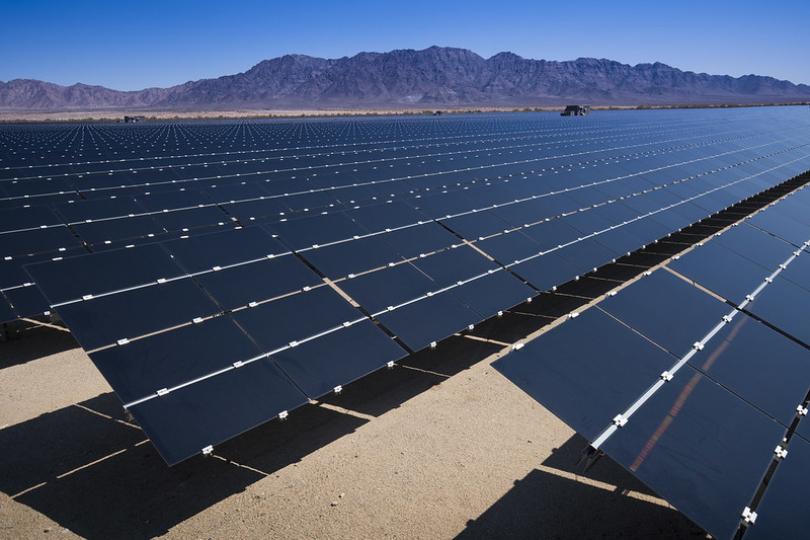Expanding the bull’s eye of solar development on public lands
Dustin Mulvaney’s article in the Bulletin of the Atomic Scientists examines proposed changes to the US Bureau of Land Management’s Western Solar Plan aimed at clearing the way “for large solar energy projects to be built across vast tracts of public lands in 11 western states.”
“Solar development on public lands is controversial,” he writes, “because these landscapes can be important to wildlife conservation and cultural resources.” Mulvaney points out that the proposed plan “inverts the original intent of the planning process from one that sought to avoid wildlife and cultural resource conflict to one that prioritizes transmission developer and utility interests on these publicly owned landscapes.”
Mulvaney points out that critique of public land development for solar is often misconstrued as opposition to solar at large, but he argues that it is a false choice to position large-scale solar versus rooftop solar. Large scale solar on previously developed or agricultural lands is very different from developing previously undeveloped or culturally significant lands. “For a meaningful and productive conversation it is critical to see these issues—opposition to use of public lands versus opposition to large-scale solar—as distinct.”
His articles dives further into a brief history of solar power in the American West, the new energy rush, possible upcoming changes to the solar landscape, and several ways the Western Solar Plan could be improved.
Read the full story in the Bulletin of the Atomic Scientists.
